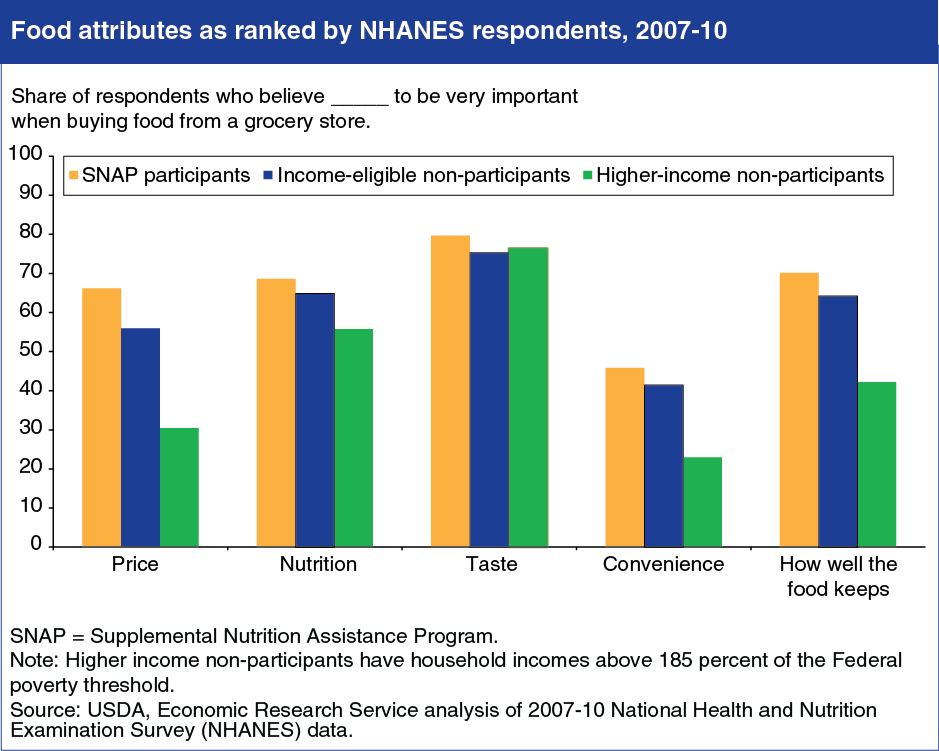Important Lessons for TSP Participants Resulting from the 2008 Stock Market Downturn
Post on: 2 Апрель, 2015 No Comment

Home | TSP Investment Choices | Important Lessons for TSP Participants Resulting from the 2008 Stock Market Downturn
Important Lessons for TSP Participants Resulting from the 2008 Stock Market Downturn
Edward A. Zurndorfer, CFP
Most federal employees invest regularly in the Thrift Savings Plan (TSP). About this time last year during the fall of 2007, many TSP participants were elated both at the performance and the size of their TSP accounts. But this past year’s dismal stock performance has resulted in dismay and concern among many TSP participants.
As a result of the bleak performance of the stock market during 2008, some employees in fact have delayed or put on hold what was to be their anticipated retirement late this year or in early 2009. Some participants have switched their TSP fund allocations from the moderately aggressive stock funds to the conservative bond funds.
Given the present — and perhaps the near future — performance of the stock market, is it a wise strategy at this time to switch one’s TSP fund allocations from the moderately aggressive stock funds to the more conservative bond funds? Is there anything that TSP participants can learn from the stock market’s dismal and volatile performance during 2008?
Here are some facts and recommendations for TSP investors to consider:
No type of market — whether it is the bond market, the stock market or the real estate market — will continue to rise on an indefinite basis.
For example, during the real estate boom between 2003 and 2006, many first-time homeowners were so certain that housing prices would continue to rise that they applied for — and in most cases were accepted for — adjustable rate mortgages (ARMs) with low teaser interest rates. In some instances individuals chose a no down-payment option with an interest only mortgage. During 2007, interest rates rose, home prices fell in many parts of the country, and mortgage rates were reset higher resulting in unaffordable monthly mortgage payments and foreclosures in many parts of the country.
Similarly, many investors who purchased technology stocks during the 1990’s were disappointed when their stocks dropped in value starting in March 2000. They had mistakenly assumed that technology stocks would continue to rise following the internet boom of the late 1990s.
Advice for investors: Be prepared for a period in which any type of an investment asset may decline in value, at least for some period of time.
Do not panic.
If there was even a time to panic, it was most likely in October 2007 when the stock market had nearly reached its all-time high. If an investor wanted to sell his or her stock portfolio, the decision to sell should have been made at that time. What has transpired in the stock market during 2008 has occurred before. There was the one day stock market crash on Oct. 19, 1987. Stocks also significantly fell during the savings and loans crisis of the early 1990’s and during the Asian markets meltdown of 1997-98. While the stock market went into a downfall on each of these occasions, it ultimately recovered at least some — if not all — of its losses.
Diversification can help smooth volatile periods.
One reason many portfolios have recently significantly declined in value is that these portfolios are not diversified. No matter what is happening in the stock, bond or real estate markets, investors should always include in their portfolios a mixture of investments that includes stocks, bonds, real estate and cash/money market accounts.
Take advantage of the sale.
When the stock market is down — such as now — it is a time to buy rather than to sell stocks. The downturn in the stock market has stocks looking cheaper now than they have in recent years. It is today’s environment of low stock prices in which long- term and patient investors may ultimately make their investment gains.
With the upcoming pay raise in January, use the pay raise to lower one’s debt and to increase one’s savings.
Unfortunately, most people do not use their pay increases and bonuses/promotions to improve their finances and net worth. They are not making any attempt to get rid of their debt, especially credit card debt. While today’s increasing living costs may be one reason why this is happening, partial blame lies with what is called Parkinson’s Law. This law was named for the English economist who labeled this tendency for many potential investors. The law simply states that as the supply of a resource increases, so does the demand for that resource. Put in another way, the more we make, the more we spend. Here are recommendations to help overcome our tendency to spend rather than to save:
- Have a budget and stick to it. A detailed understanding of one’s current expenses and having a plan for remaking where a salary increase is to be directed can keep one from negating and wasting that salary increase.
About the Author
Edward A. Zurndorfer is a Certified Financial Planner (CFP) and Enrolled Agent in Silver Spring, Maryland. He is also a registered representative with Multi-Financial Securities Corporation (Branch A9X), member FINRA/SIPC, also located in Silver Spring, Maryland
Related Articles & Resources














